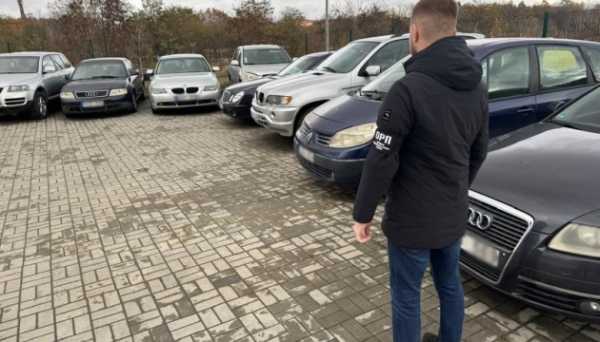Ecark near Kharkiv: recovery after ecocide

"Feldman Ecark" is located behind the ring road of Kharkiv. From here, it is 25 kilometers to the Russian border. In the very first days of the full-scale invasion, the territory where about 5,000 animals lived was in the zone of Russian shelling, and there were battles nearby.
This year, on the occasion of the Children's Day, the Ecark arranged a new location – the "Alpaca Valley" – near the main territory. However, the huge "d" territory is being put in order, and the animals are gradually being taken out of evacuation. Ukrinform correspondents saw what the invaders did to the complex and how it is now being restored.
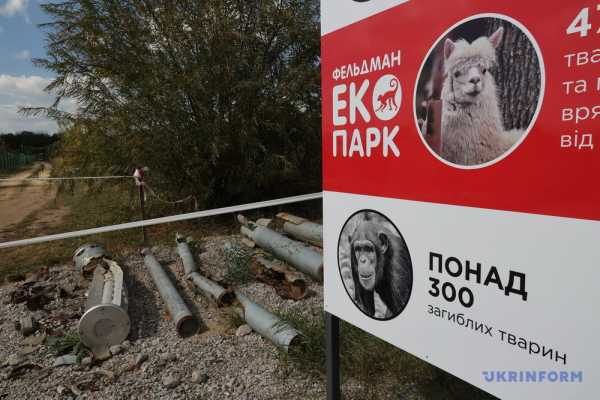
SIX PELE AND MORE THAN 300 ANIMALS WERE KILLED
The central building near the entrance was smashed by Russian "grad" shells. By the way, young naturalists used to work here. If not for the Russian invasion, a glass-roofed winter garden would have been built on the roof, as was the plan. All other buildings and enclosures were also damaged. The ruins are overgrown with weeds, and the remains of ammunition found by the sappers are piled up near one of the paths.
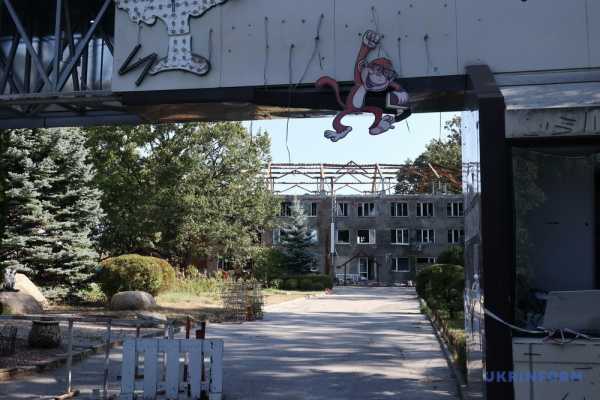
It is painful to see all this: the Ecark was an extremely pular place for family vacations. Until 2014, Russians often came here on bus tours or by private car. The park was famous both for its unique clection and for its treatment of animals. In particular, thanks to the conditions created here, tapirs gave birth to offspring (this was not the case in any other zoo in the country).
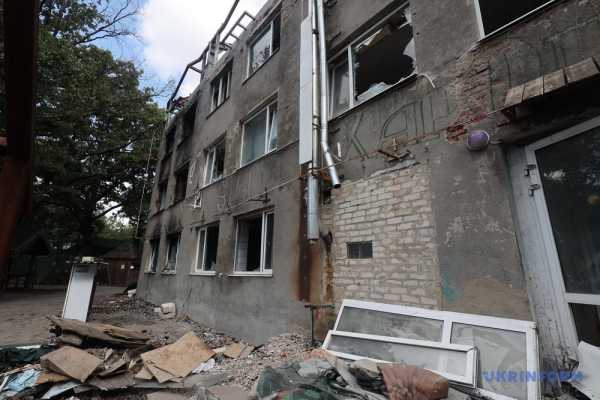
Since the beginning of the shelling, the complex lost power and, consequently, heating. Some animals died because of the cd. Most of the time, the keepers had only 10-15 minutes, sometimes several hours of calm, to unload the food. They left as much as possible, because they did not know when they would be able to get to the Ecark next time.
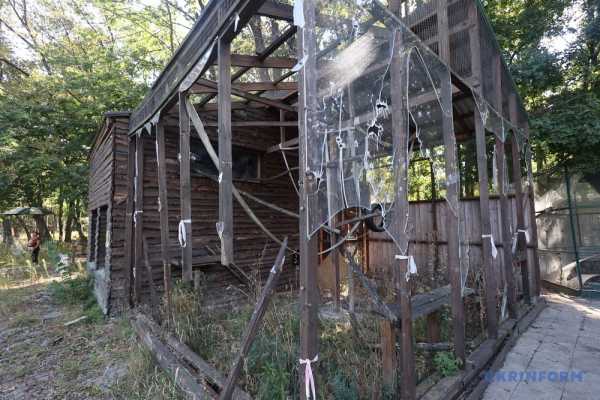
Trying to save the animals, six pele died on different days – park staff and vunteers. Among them was a minor boy who was helping his parents.
The two shot keepers were found on April 19 in the Ecark's restroom. Cleagues are sure that they died on March 7: the men went to feed the animals and did not return.
"The evacuation process was painful and long – from the beginning of March to the beginning of May. Everything happened in different ways. Sometimes everything went smoothly and without shelling, but it happened that we came for specific animals and found their corpses. More than 300 large animals were lost – predators, primates, ungulates. Pele were also killed under the shelling," the director of the Regional Landscape Complex Feldman Ecark Serhii Ostapenko tells.
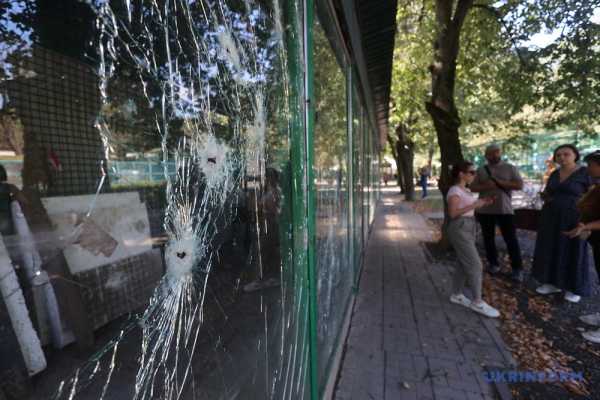
Sometimes the success of the evacuation team was a real miracle.
"For example, we had to take away baboons. These are animals that even a leard is afraid of. Because when these monkeys attack in a group, they can kill a predator. So how do you get them to enter a cage for transportation? After all, this is a pack: a leader, females, cubs. And then the shelling started. One of the vunteers said in all seriousness: "If you want to live, get into the cage." And they did! The animals understood," Ostapenko said.
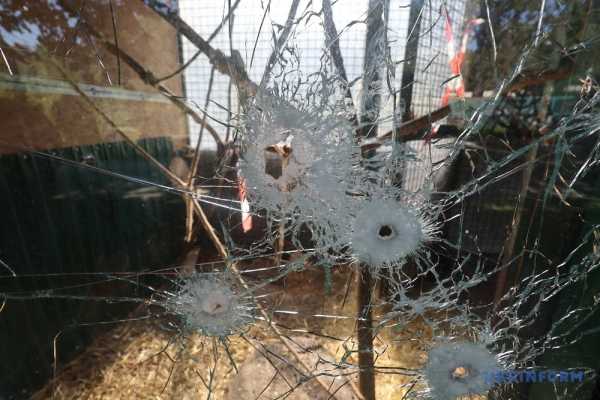
THE RUSSIANS SHOT SMALL ANIMALS AS IF THEY WERE IN A SHOOTING RANGE
A separate problem was the removal of large predators. On April 5, the founder of the Ecark, MP eksandr Feldman, posted an appeal on Facebook. He said that due to the shelling, there is almost no place that Kharkiv citizens loved so much anymore, and each next strike can destroy the enclosures with bears, lions, and tigers. He noted that if the animals survive, they will run away, frantic with fear, and end up in pulated areas. Because of the threat to pele, the question arose of putting the animals to sleep. The whe country responded to help the animals.

"There was a fierce unity for the sake of salvation. I would especially like to mention the pele of Dnipro. The drivers are real desperadoes. Of course, they were afraid, but they drove. We are grateful to everyone who gave shelter to our wards. The Ecark in the village of Kovalivka near Ptava took in the largest number of animals – up to 90 percent. Kharkiv Zoo took primates and lions. Some animals went to the western regions," Ostapenko says.
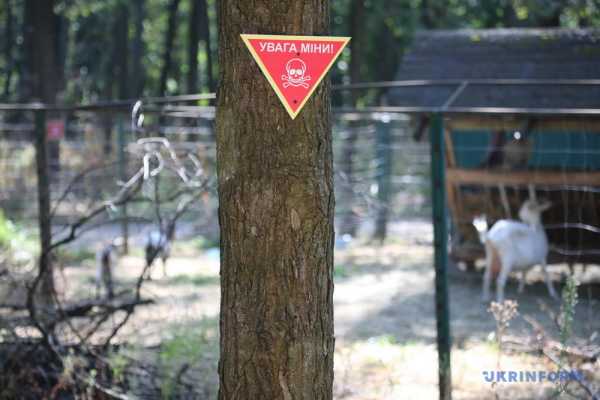
The story of Sasha the bison, who was only a month and a half d at the beginning of the invasion, is tragic. He was left an orphan.
"We thought he would not survive. The enclosure with the bison was located in a remote part of the park, closest to the village of Tsyrkuny [occupied until May 5, 2022], from where the occupiers were shelling us. A couple of bison were killed by shrapnel, and the baby was injured by the blast wave. The parents were covering him: the baby was between their bodies when they found him. We were very worried. In Kovalivka, they fed him and put him back on his feet," the director says.
Over time, a girlfriend will be found for Sasha, and he will not be lonely, the Ecark promises.
The invaders also killed a third of the dogs from the kennel, which was also the closest to Tsyrkuny.
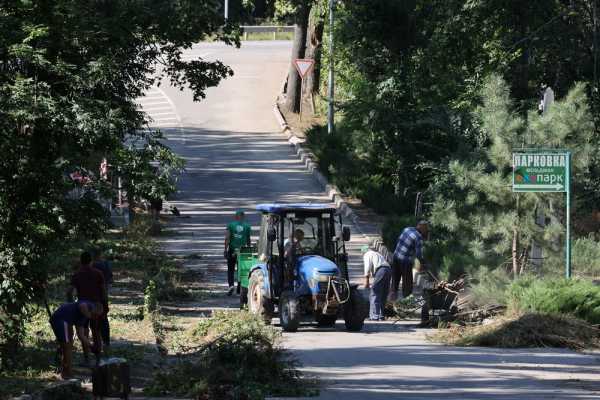
"The Sabotage and reconnaissance groups (SRG) entered that part of the park. There was an employee on duty, a 75-year-d man. The Russians were beating him, making him kneel, shooting nearby. They also mocked the dogs: they did not allow them to be fed and watered," Ostapenko recalls.
The park staff show evidence of another horrific crime committed by the Russians: transparent plexiglass parts of the enclosures with hes from small arms. The Russians shot marmots, porcupines, martens, weasels, guinea pigs, and rabbits. The workers were able to bury the remains of the animals a few months later.

"Some of them had bullet hes in the middle of their foreheads. The occupants were having fun like in a shooting gallery," says Svitlana Vyshnevetska, deputy director of the animal health unit, with tears in her eyes.
The woman has relatives in Moscow. After her experience, she td them never to call her again.
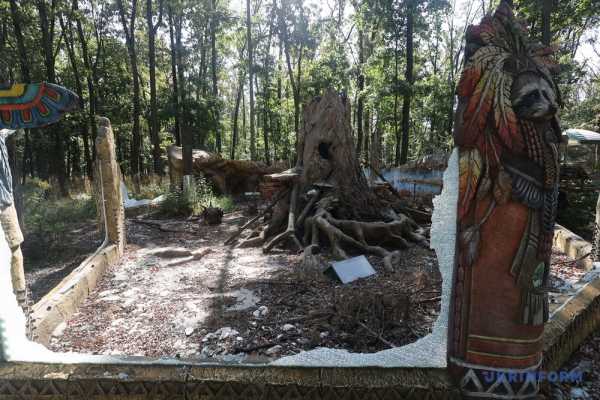
"They believe what they see on TV. They say that we have a 'biaboratory' here… I can't listen to this. We loved our animals, we pampered them, hugged them, kissed them. I went into the raccoons' enclosure, and they all climbed on me. I stood there, hung up with 23 raccoons!" Vyshnevetska recalls.
The Ecark's director notes that the shot enclosures, as a reminder of Russian aggression, will not be removed for now.
"One has to be a complete moral freak, without any principles, to mock defenseless animals like this. This is ecocide!" Ostapenko emphasizes.

THE FIRST PREDATORS – A FAMILY OF LIONS – RETURNED
The territory of "Feldman Ecark" has been demined since February. There is a lot of work, because the area of the complex is about 140 hectares. The specialists found also tripwires, but the most of them are the remnants of cluster munitions, anti-personnel and anti-tank mines.

The administration assures that most of the park is safe, with about 35 hectares of the most difficult terrain to be cleared. The sappers are expected to finish the job before the first snow.
The first location to be cleared was not far from the main territory, where the "Alpaca Valley" with a petting zoo was ened by June 1. It has camels, cows, goats, sheep, ponies, and a group of alpacas. Since this area was set up from scratch, only information stands telling about the losses of the Ecark remind us of the war. Free admission remains unchanged.
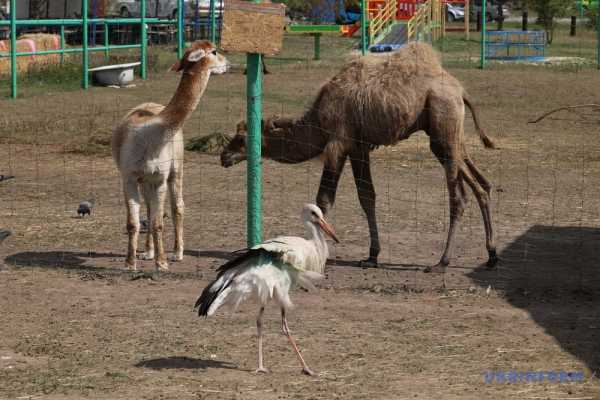
But animals are already being returned to the d territory familiar to visitors.
"When our defenders drove the Russians away, we immediately arrived and began to restore the park in small steps. As soon as we finish repairing a cage, we immediately transport animals to it. So several groups of ungulates, like buffaloes, are already at home," Serhii Ostapenko said.
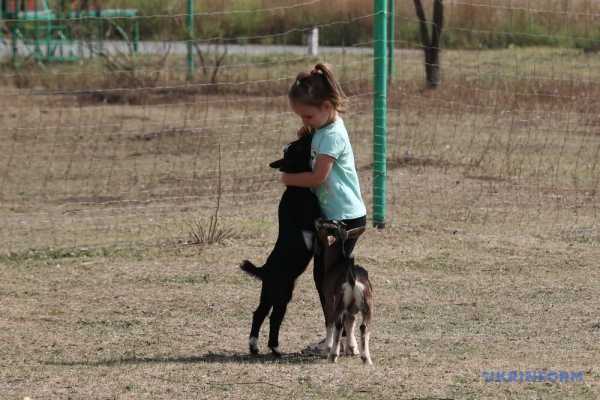
Goats, in particular Nubian goats (they use their unusually long ears as "fans"), Hungarian steppe cows make themselves felt and quickly approach the fence.
A week and a half ago, a family of lions was transported from the Kharkiv Zoo. During the evacuation, this luxurious couple became parents of two "kittens". The father is resting, the mother is stretched out in the neighboring enclosure under the plants, and the kids are playing in the middle. The "kittens" – brother and sister – are just over a month d. Adult and small predators, who are still being named, have already adapted, says Svitlana Vyshnevetska.
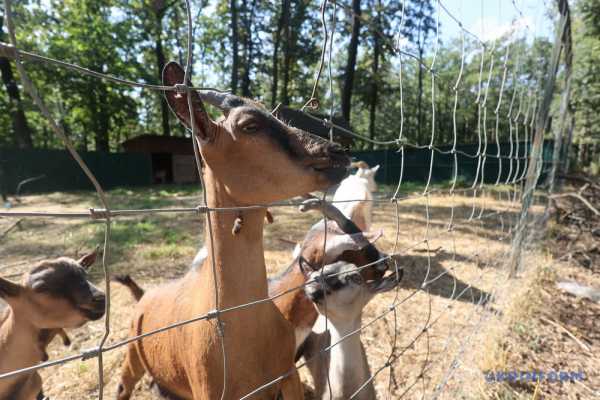
PREPARING FOR THE TRADITIONAL "CHRYSANTHEMUM BALL"
The park's employees note that some animals that have escaped from the destroyed enclosures sometimes enter the park. So they put out food for them. We have already noticed that one of the deer comes, eats and leaves again. As the keepers suspect, a few raccoons also come in.
Visitors will be able to see the animals in the d territory from October 1: a traditional flower festival will begin here, which was attended by tens of thousands of pele before the Russian invasion.

"This year's Chrysanthemum Ball is a celebration of he, life and faith in our victory. We are preparing, clearing the locations. But there is a lot of work, as you can see. We invite all concerned Kharkiv residents and visitors to come to us this weekend and join the cleanup. You do not need to bring anything with you, except for a great desire to help us revive the Ecark. We will provide gloves, equipment, and lunch," the Ecark's director noted.
According to him, the primate house will be rebuilt in three to four months. Now they are also restoring the lemur enclosure. Later, jaguars, pumas, and birds will be returned from evacuation.
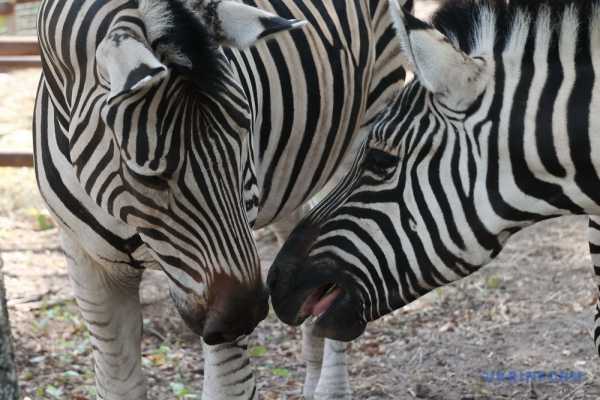
Electricity is gradually being supplied to the park.
"We are actively preparing for winter. Some winter enclosures will have electric heating, others will be heated by sid fuel boilers. We plan to return all animals closer to next summer. Some of the enclosures have to be built from scratch," Ostapenko notes.
The Ecark also thinks about perpetuating the memory of the victims of the Russian aggression – employees, vunteers and animals.
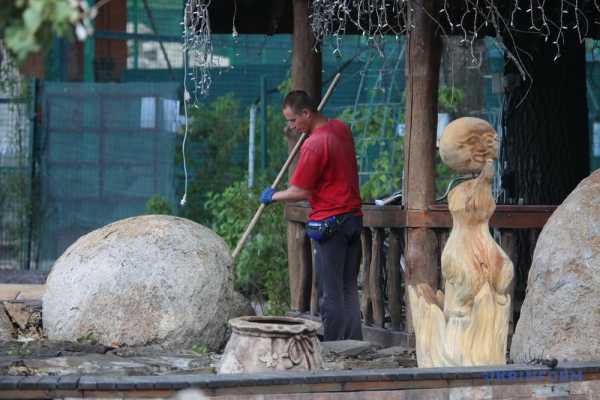
"Two memorials will be created as a memory of the dead pele and animals, with the names and circumstances of their deaths. Animals died not only from shrapnel wounds, but also from cd and stress. Several of them died after the evacuation because they were unable to recover from the stress," emphasizes the director. The memorials are scheduled to be ened in late spring next year.
Yulia Bayrachna, Kharkiv
Photo by Vyacheslav Madievsky
Source: www.unian.info
